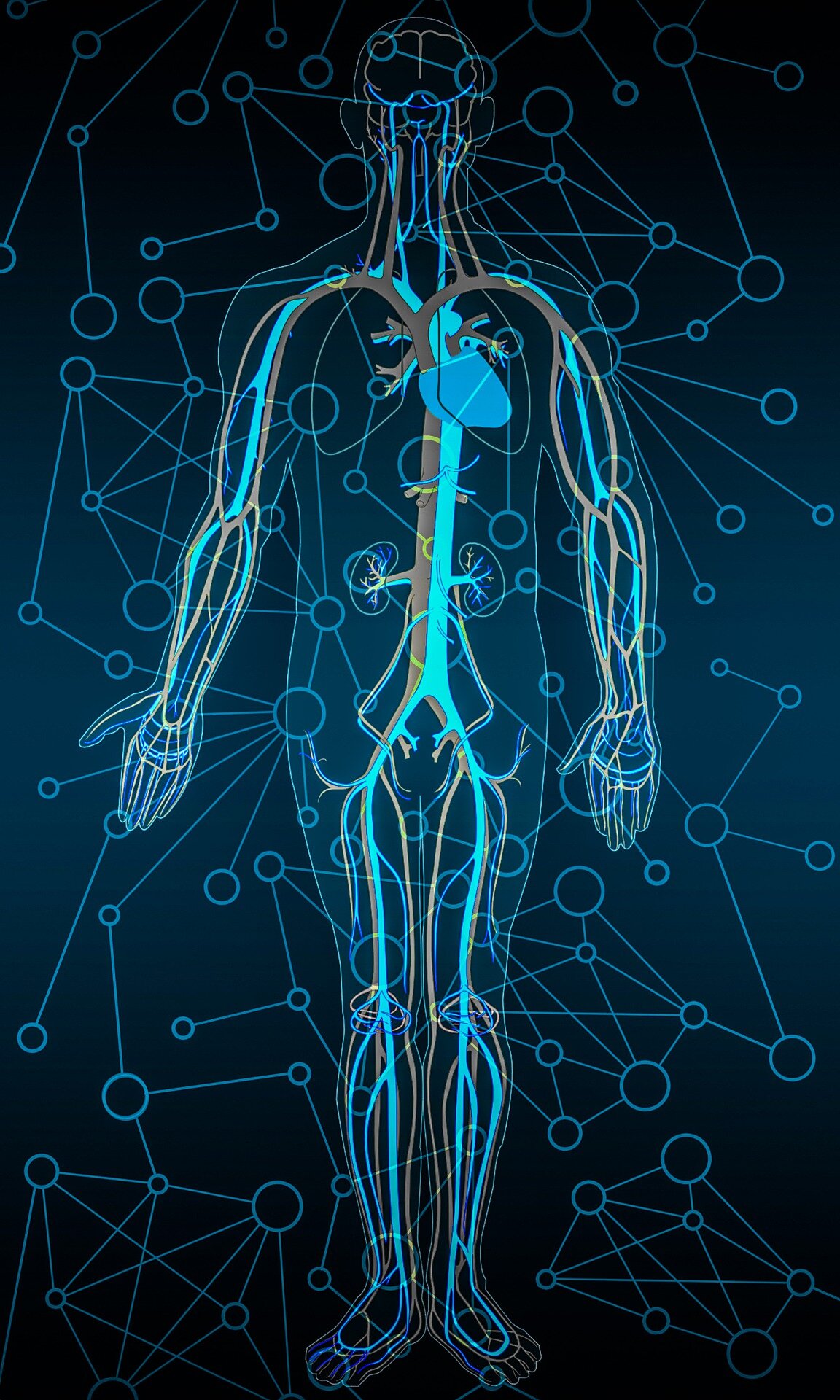In an analysis of more than 50 years of health data, women who had overweight or obesity at age 14 or 31 were more likely to have an ischemic (clot-caused) stroke before age 55, according to research published today in Stroke, the peer-reviewed scientific journal of the American Stroke Association, a division of the American Heart Association.
According to the American Heart Association, an ischemic stroke occurs when a vessel supplying blood to the brain is obstructed. Ischemic stroke is the most common type of stroke and accounts for about 87% of all strokes.
The study conducted in Finland suggests that women with overweight at age 14 were associated with later clot caused stroke risk despite having lost weight by age 31. Also, women with overweight at age 31 were associated with later clot caused stroke risk despite having been normal weight at age 14. An increased risk of clot caused stroke was not found in men who were overweight at ages 14 or 31. However, men with obesity at age 31 had a higher risk of bleeding stroke compared to women with obesity at age 31.
“Our findings suggest that being overweight may have long-term health effects even if the excess weight is temporary,” said lead study author Ursula Mikkola, B.M., an investigator in the Research Unit of Population Health at the University of Oulu in Finland. “Health care professionals should pay attention to overweight and obesity in young people and work with them to develop healthier eating patterns and physical activity. However, conversations with teens and young adults about weight should be approached in a non-judgmental and non-stigmatizing manner.”
To analyze the association between weight at different ages and the risk of stroke before age 55, the researchers reviewed long-term data from participants in the Northern Finland Birth Cohort 1966. The Northern Finland study group was initiated to help understand factors related to preterm birth and infant deaths. In 1966, more than 12,000 pregnant women were enrolled from two northern provinces in Finland. More than 10,000 offspring, now in their 50s, have been followed ever since, with their health information used in multiple research studies.
For this analysis, researchers used the body mass index (BMI), a ratio of weight to height, to explore whether those who were overweight or obese at age 14 or age 31 had a different risk of early stroke compared to peers who were not overweight or obese at age 14 or 31. About 1 in 20 participants experienced a clot-caused stroke or transient ischemic attack (TIA, or mini-stroke) during the average follow-up period of almost 39 years after the age 14 evaluation and almost 23 years after the age 31 evaluation. The current study’s analysis ended in 2020.
Assessing the impact of periods of excess weight on stroke risk, the researchers found:
- Women affected by obesity at age 14 were 87% more likely to have an early clot-caused stroke or mini-stroke, while those with obesity at age 31 were 167% more likely to have a stroke compared to those at appropriate weight. Similar associations were not found among men.
- Women with obesity at age 31 had almost 3 ½ times increased risk of bleeding stroke, and men with obesity at age 31 had more than 5 ½ times increased risk of bleeding stroke.
- BMI measurements earlier in childhood or later in adulthood did not appear to affect the results.
It is important to note that weight is not the only health factor that impacts stroke risk. Many other factors affect stroke risk and should be considered in addition to weight. “By living a healthy lifestyle (eating better, not smoking, healthy sleep, managing blood pressure, cholesterol and blood glucose levels, avoiding excess alcohol use and being physically active), you can lower your risk of stroke even if you were overweight when you were younger,” Mikkola added.
Researchers do not know why the association of increased risk for clot-caused stroke was not found in men. Researchers are currently investigating the potential causes as well as other risk factors in more detail.
In an accompanying editorial Larry Goldstein, M.D., FAHA, notes, “This study provides additional evidence of an association between overweight/obesity and stroke in young adults. However, while it is tempting to assume that reductions in overweight/obesity in younger populations would translate to lower stroke rates in young adults, this remains to be proven.” Goldstein is an American Heart Association Stroke Council member and chair of the department of neurology and co-director of the Kentucky Neuroscience Institute, University of Kentucky HealthCare in Lexington, Kentucky.
Study details, background and design:
- The analysis was conducted from 1980 to 2020. Participants in the analysis included 10,491 people in their 50s (49% women). BMI was measured at age 14, age 31, or both. Sex- and age-based norms were used to classify participants as overweight or obese based on their BMI.
- Ischemic strokes and transient ischemic attacks between age 14 and age 54 were identified using national hospital and death registers.
- The association between BMI or changes in BMI and the occurrence of stroke were identified after adjusting for participants’ sex, smoking status, education levels (for parents when participants were age 14 and for participants when they were age 31). BMI at the other time point (such as BMI at age 31 vs. BMI at age 14 ) and age at first menstrual period for women was also considered.
- The follow-up data continued until participants’ first stroke, death, moving abroad or the end of year 2020, whichever came first.
Limitations of the study include that it is an analysis of health data (an observational study) and, therefore, it cannot prove a cause-and-effect relationship between weight and early stroke risk. Participants were all born in Finland, so the results may not be generalizable to people in other countries.
“Stroke at a young age is rare, so the difference of just a few strokes could have an outsized impact on the risk estimates,” Mikkola said. “Also, BMI relies solely on a person’s height and weight, therefore, a high BMI may be a misleading way to define obesity, especially in muscular people who may carry little fat even while weighing more.”



